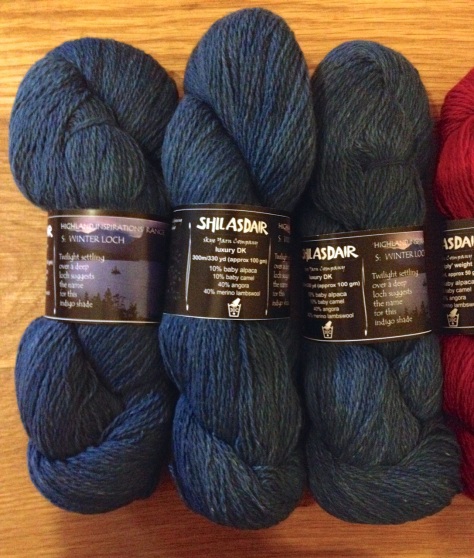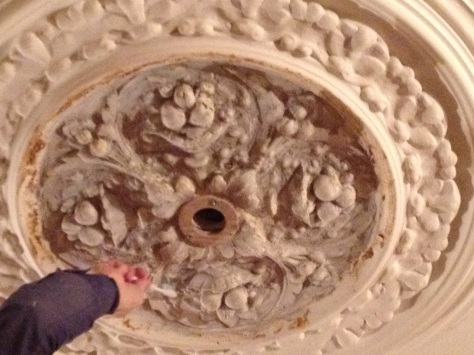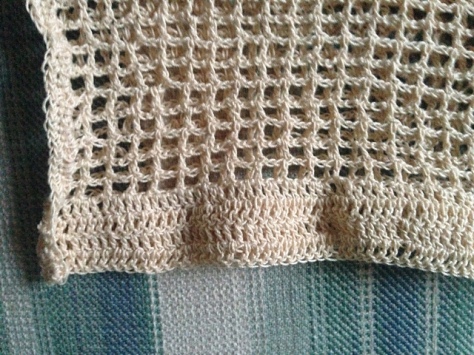I’ve been making wee bags to coordinate with the costume jewellery in my collection.
The collection started out because I saw things “I just liked” (uh oh, sounds familiar). I love it all, but I seldom use jewellery these days.. The vintage pieces are in time going to be posted on Etsy (whenever I get around to take beautiful photos and prepare the listings). I also plan to attend some small markets or events, like the ABBS that take place this Sunday in London (near Kentish Town, details here).
All of the bags are hand sewn. I used different materials:
- Harris Tweed wool
- velveteen (the purple and the orange)
- corduroy (the black with red roses)
The Harris Tweed was a one-of lucky purchase – they were remnants, probably small offcuts from clothing and accessory production. The tweed came in various colours: beige, greys, dark green/dark red, brown/green/orange and so on. It’s very beautiful but until now I didn’t have an idea of what to make with it. I’m very happy that I finally thought of using the fabrics for these small pouches, because they’re beautiful materials and I love the results! I plan to make many more, as spare time allows..
Here’s an overview of those made so far (they still need ironing). What do you think?

My handmade jewellery bags






Corduroy in black and red, with a lovely rose motif



Purple velveteen


Orange velveteen

Harris Tweed wool in assorted colours









Harris Tweed bags and vintage jewellery


This one was made by an old friend of mine with a sewing machine. It’s much larger and can be used to wrap presents.

The bags laid out for photo shooting and planning the next ones to be made
~ ~ ~
I also want to show you my last stash enhancement! Tangled Yarn is having a sale and soon it’s my birthday, so I treated myself to some gorgeous yarn by Shilasdair (a Scottish company based on the Isle of Skye). I already had some DK in Winter Loch and Summer Loch shades, to which I now added more of the Winter Loch (a dusty shade of blue), as well as some 4 Ply in Rowan Berry. These are the beauties (sorry for the bad evening light):

Shilasdair stash enhancement

Shilasdair DK in Winter Loch

Shilasdair 4 Ply in Rowan Berry
~ ~ ~
Finally I also would like to share one of the DIY activities happening in the flat. The ceiling rose is being restored to its original Victorian beauty. It’s a WIP and may take quite a while to complete.
Firstly a vintage fancy (and heavy!) chandelier has been bought from Belgium. Now the stucco of the rose is being restored: in time it had been covered by layer upon layer of paint and its beautiful details were mostly lost.
There is an absolutely ecological and healthy way to remove the crap engulfing the stucco: PORRIDGE! Hard to believe but it works!
Here is evidence of the proceeding – unfortunately we forgot to take a picture of it before starting works, but you can still see how it was in the outer circle of the rose (which has yet to be handled).

The ceiling rose stucco (central section) covered in porridge and cling film (it does look weird)

The porridge has been removed and the layers have come off with it

Gentle mechanical work with a small plastic spatula is required to remove the extra material from the corner areas

After most of the extra material had been removed. Notice the difference between the inner and outer sections.
I plan to be back soon with a small update about the preparations for the ABBS and my Etsy shop.
Good night!












 The first side
The first side













































